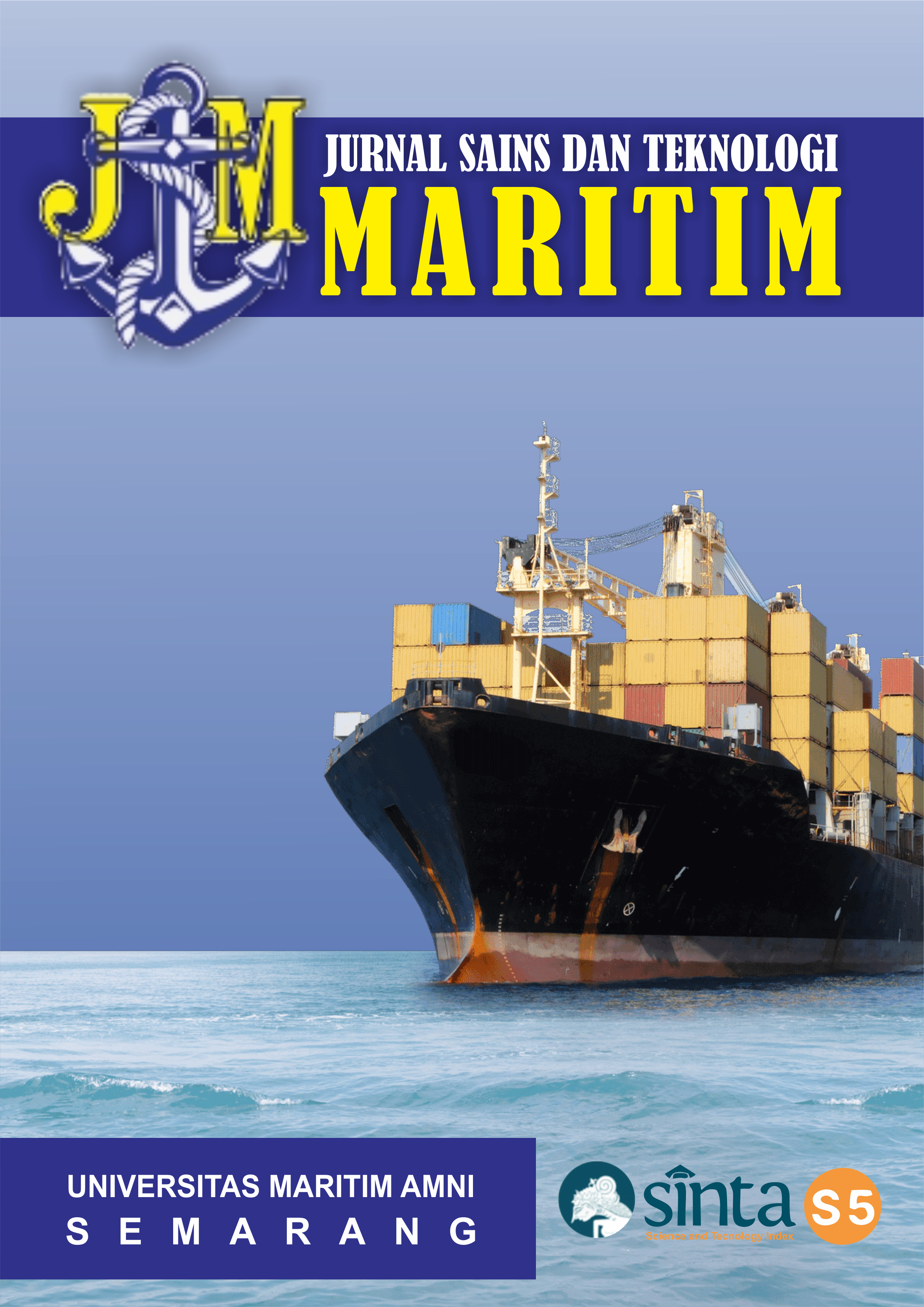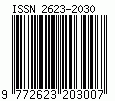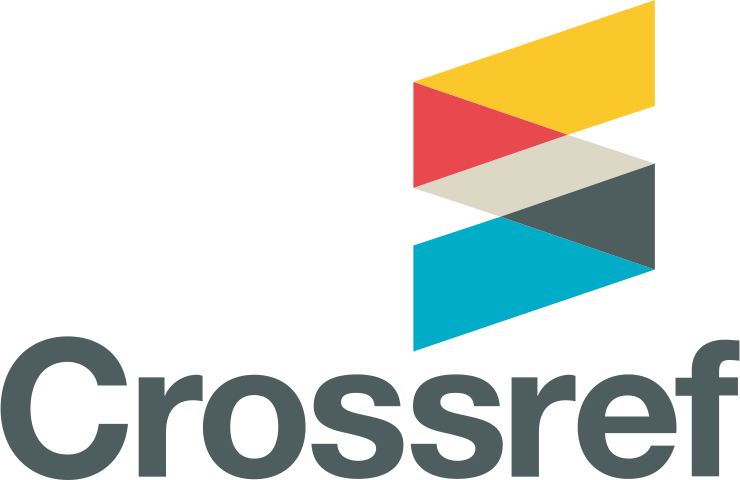ANALISA KESALAHAN SCANNING ARAH ROLLING PLATE PADA MATERIAL TMCP ( THERMO MECHANICAL CONTROL PROCESS ) TERHADAP INTERPRETASI LOKASI CACAT DENGAN METODE ULTRASONIC TESTING
DOI:
https://doi.org/10.33556/jstm.v25i2.485Abstract
TMCP (Thermo-Mechanical Control Process) material, also called anisotropic steel, has recently been used frequently for industrial needs in ship construction, onshore and offshore fabrication. Where TMCP material has different characteristics in its wave propagation speed (velocity) in the material between the direction of plate rolling (rolling direction) which is parallel or longitudinal direction and the transverse direction. This causes the refraction angle of wave propagation to change, thus making the appearance of an indication different on the monitor screen when Ultrasonic Testing (UT) is carried out. The methodology used for this study is to use the literature study method and verification of test results. Where in verifying using the manual ultrasonic testing (MUT) procedure in accordance with DNVGL-CG-0051 revision 2015. The expected results in this study are to provide knowledge about the characteristics of TMCP material and its effects on ultrasonic testing. As well as calibration techniques, how to name saved files and ultrasonic testing on TMCP materials, so that there are no errors in interpreting an indication.
Downloads
Published
Issue
Section
License
Authors who publish with this journal agree to the following terms:Authors retain copyright and grant the journal right of first publication with the work simultaneously licensed under a Creative Commons Attribution License that allows others to share the work with an acknowledgement of the work's authorship and initial publication in this journal.
Authors are able to enter into separate, additional contractual arrangements for the non-exclusive distribution of the journal's published version of the work (e.g., post it to an institutional repository or publish it in a book), with an acknowledgement of its initial publication in this journal.
Authors are permitted and encouraged to post their work online (e.g., in institutional repositories or on their website) prior to and during the submission process, as it can lead to productive exchanges, as well as earlier and greater citation of published work (See The Effect of Open Access).







